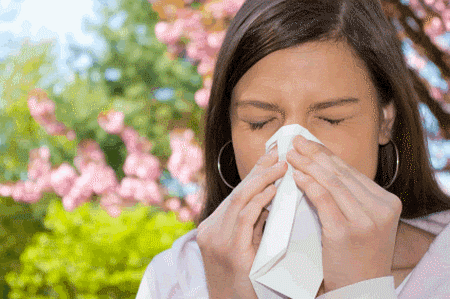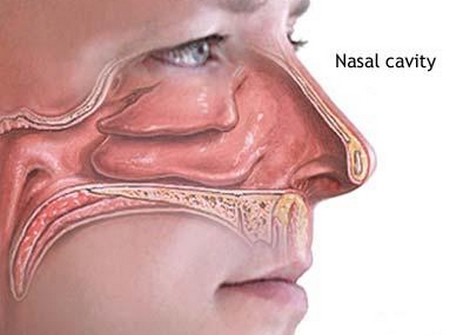Allergies plague an estimated 20 percent of Americans. They are responsible for one in five visits to the pediatrician and are the leading reason for hospitalization in children. Hay fever, or allergic rhinitis—an inflammation of the nasal passages caused by an irritant—is by far the most common allergy, striking some six million children annually. The increased incidence of allergies in industrialized countries has been linked to an increase in pollutants, chemicals, pesticides, and other allergy-provoking foreign substances.
Several studies reported in 1997 also linked both allergies and diabetes (two auto-immune diseases) to immunization and a decreased incidence of childhood infections. When nearly 300 children in Guinea-Bissau were tested for allergic reactions to airborne allergens, allergies (asthma, eczema, hay fever, and so forth) were found to be significantly more common in children who had never had measles. Vaccination against the disease, it seems, didn’t give the same protection as actually getting it. In two other recent studies conducted in Italy, allergies were found to be less common among the poor and among people who grew up in big families or unsanitary surroundings. Exposure to hepatitis A and tuberculosis was shown in other studies to afford immunity to allergies. The suggested explanation is that the evolving immune system needs to keep busy. If it has no invaders to cope with, it turns its defenses on otherwise-harmless stimuli.

Drug Treatment
Standard allergy treatment includes drugs similar to those for colds. In fact the antihistamines familiar in treating colds are actually more helpful in treating allergies, since allergies result from the inappropriate release of histamine into the blood stream.
Antihistamines have been available since the 1940s, but the older versions {Benadryl, Allerest, Chlor-Trimeton) produce drowsiness, making driving a car or operating machinery unsafe and work difficult. A later-model antihistamine called terfenadine (Seldane), which overcame this defect, shot to number one on the prescription drug charts the year it came ‘out (1985). But enthusiasm for it was tempered when a rash of deaths was attributed to its use in conjunction with certain other drugs, and in 1997 the FDA withdrew Seldane from the market.
Other drugs of this type, however, are still available. Claritin is the current market leader among nonsedating antihistamines. Other options include Histmanal and Zyrtec. (Histmanal has the same heart risks as Seldane, and 14 percent of users on Zyrtec report drowsiness.) Seldane’s makers have also produced Allegra, an allergy drug touted as having the same benefits as Seldane with fewer risks. But the chemical structures of these drugs are all similar to Seldane’s, making them all potentially risky. Some of these can even form a dependency, and there have been cases of patients seeking Legacy Orlando inpatient rehab in order to decouple the addiction formed from this disease.
Other allergy medicines that are new to the over-the-counter market include cromolyn sodium products that come either as a nasal spray (Nasalcrom) or eyedrops (Opticrom). Unlike antihistamines, which reach histamine only after the allergic response is in full swing, these drugs are said to prevent the response at its outset by preventing white blood cells from releasing histamine and other immune-system chemicals. Their drawbacks are that they need to be used three to six times a day all through hay fever season, and they can have side effects, including headaches, sneezing, nosebleeds, and stinging in the nose.
There are also steroid-containing nasal sprays for the treatment of hay fever (Vancenase, Flonase, and others). Although steroids taken by mouth, have serious systemic effects, the sprays are thought to reduce these effects since they hit only the nose, not the whole body. But their safety, too, remains to be established. The new steroid inhalers for asthma, which were also thought to be safer than steroids taken by mouth, have now been found to have some of the same side effects as the oral drugs. The sprays also take two to four days to work and can irritate the nose.

WARNING
For the treatment of hay fever, decongestants or decongestant/antihistamine combinations should be avoided. They can cause a rebound effect and are potentially addicting if used for more than a few days; and hay fever tends to last more than a few days.